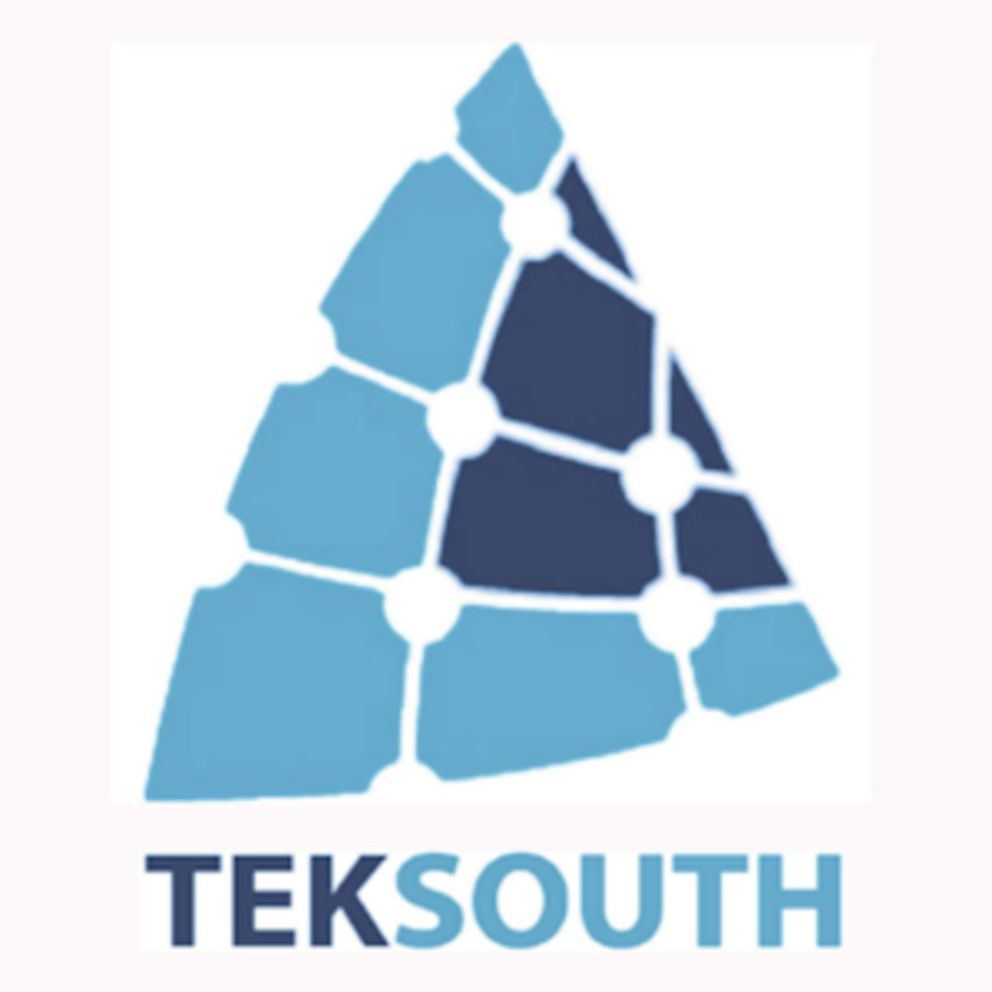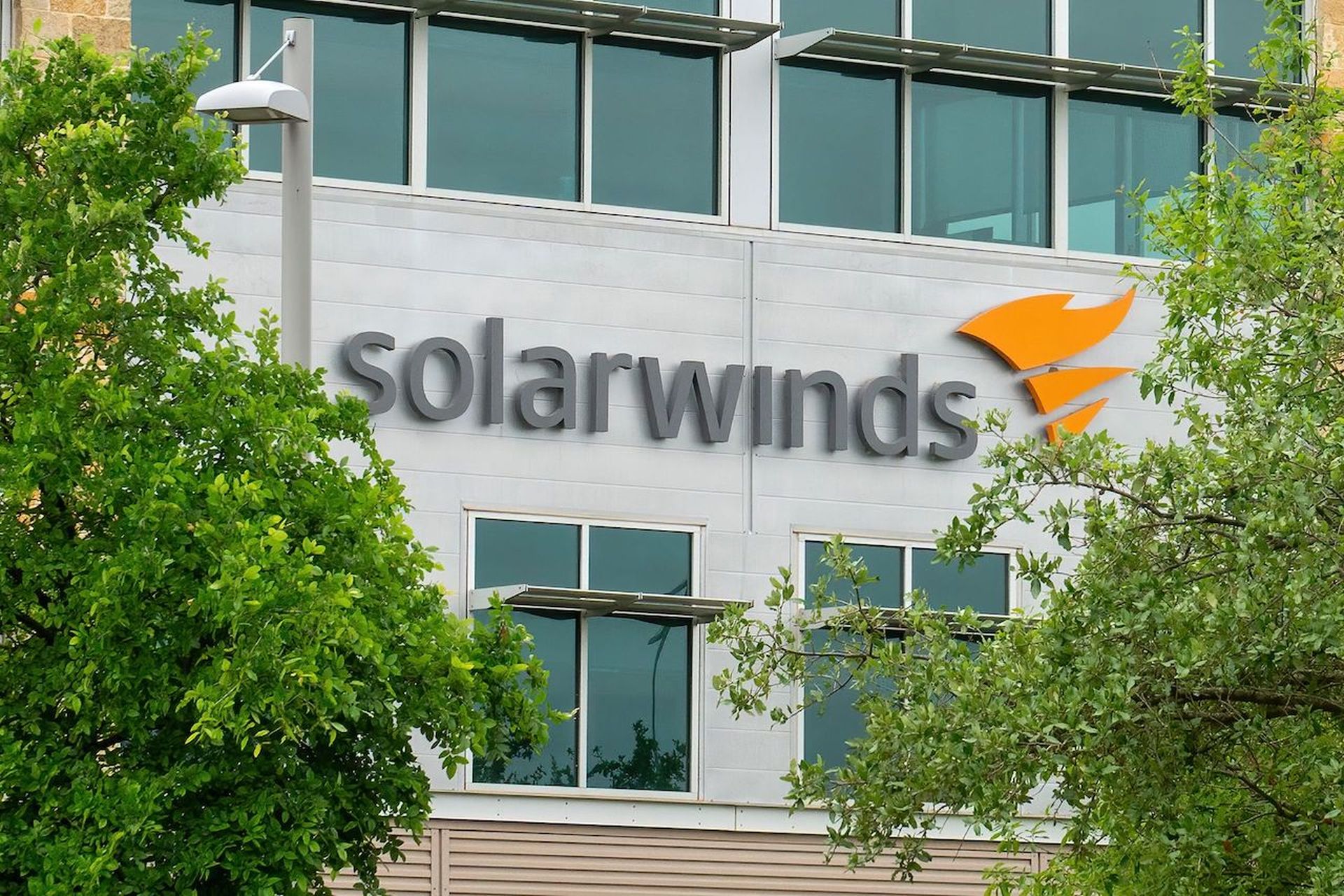Teksouth Corp., a Gardendale, Alabama-based IT solutions provider, is now an employee-owned company.

Teksouth, founded in 1983, provides data integration and information management support services to both private- and public-sector clients, including most branches of the U.S. armed forces. The company employs around 150 people.
The company's key IT services include data management, business intelligence, application development, cloud computing and consulting expertise.
Steve Wilsher, CEO, Teksouth, commented on the news:
“We’ve always believed that taking care of our employees is the best way to take care of our clients. That philosophy has helped us become a great place to work. Adding the ESOP takes that approach further by allowing us to help care for our employees and their families in the future.”
Staff Ouderkirk, president of Teksouth also commented:
“With employees more personally connected to our company, they are rewarded in the ESOP when our clients succeed. We’re excited to see how employee ownership can help create greater value for our employees, the company, and our clients.”
The company will continue to operate under the same business model and structure. The leadership team will continue in their roles for the foreseeable future, the company said.
What Is An ESOP? Business Ownership Model Explained
An ESOP is a retirement plan that’s invested in the company’s stock. Over time, the company funds the ESOP and employees can have a direct impact on the business’ performance and the value of the stock. It can also serve as a way to help aging owners transition out of the company. Employees pay no tax on their ESOP contributions, only being taxed for the distribution of their accounts.
The first ESOPs emerged in the United States approximately 40 years ago. In 2015, there were around 8,900 ESOPs in the country covering 13.5 million workers, according to investment banking firm Butcher Joseph & Co. In August 2018, the US government passed a law seeking to make it easier for small and midsize businesses to transition into an ESOP.
Although ESOPs have potential upside, they also come with some risks. For instance, if a company with an ESOP is struggling financially and has to lay off workers, the plan must cash out those workers’ shares in the ESOP, which can create even more cash-flow problems and lead to more layoffs, creating a “death spiral” that could ultimately sink the company – and the value of the employees’ ESOP accounts, according to Pension Rights.




